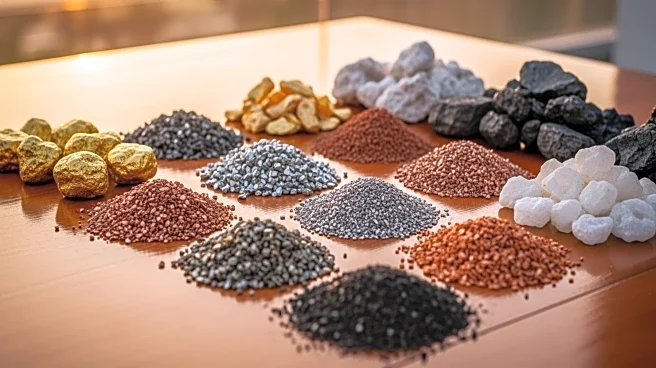What's Happening?
Indonesia has announced a significant change in its mining policy by reducing the validity of mining production quotas from three years to one year, effective October 3. This decision aims to exert greater control over output levels to stabilize commodity prices, particularly coal and nickel. The change was initially indicated by Mining Minister Bahlil Lahadalia in July. The new policy requires miners to reapply for quotas previously issued for 2026 and 2027, with RKAB proposals to be submitted annually between October 1 and November 15. Additionally, miners must demonstrate financial commitment to land rehabilitation post-mining. The government recently suspended 190 mining permits due to non-compliance with land rehabilitation and production quotas.
Why It's Important?
The policy shift is crucial for Indonesia's mining sector, which plays a significant role in the global supply chain for commodities like coal and nickel. By shortening the quota validity, Indonesia aims to better manage production levels, potentially leading to more stable commodity prices. This could impact global markets, as Indonesia is a major exporter of these resources. The requirement for financial commitment to land rehabilitation underscores a growing emphasis on environmental responsibility, which could influence international perceptions and trade relations. Miners face operational challenges due to the shortened timeframe for quota applications, affecting business sustainability and investment certainty.
What's Next?
Miners will need to adjust to the new regulatory environment by ensuring timely submission of RKAB proposals and compliance with environmental obligations. The coal miners' association APBI has expressed concerns about the impact on operations due to the limited time for submission and approval. The government may continue to enforce stricter regulations and monitor compliance, potentially leading to further permit suspensions. Stakeholders, including international buyers and environmental groups, will likely watch closely to see how these changes affect production levels and environmental practices.










